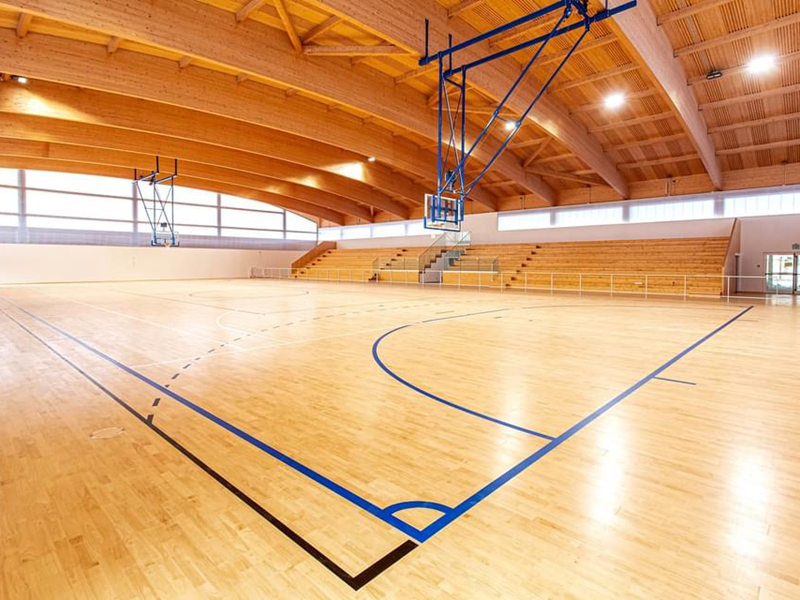Indoor soccer demands a playing surface that balances performance, safety, and durability. Wooden floors, particularly those crafted from hardwoods like maple or beech, have emerged as the premier choice due to their unique engineering properties. Unlike synthetic alternatives, wooden floors provide a dynamic elastic response, absorbing up to 60% of impact energy during jumps, sprints, and tackles. This reduces stress on players' joints, lowering the risk of chronic injuries such as shin splints or knee tendinitis.
The construction of wooden sports floors involves a multi-layer system: a subfloor for stability, a mid-layer for shock absorption, and a hardwood top layer for traction. Advanced designs incorporate floating subfloors with rubber or foam pads, which isolate vibrations and enhance energy return. For indoor soccer, the surface must meet EN 14904 standards, ensuring adequate friction (0.4–0.6 coefficient) to prevent slips without causing excessive drag.
Aesthetically, wooden floors offer a professional finish that synthetic materials cannot replicate. The natural grain patterns and warm tones create an inviting atmosphere, which is crucial for both player morale and spectator experience. Additionally, wooden floors are customizable—logos, team colors, and court markings can be laser-etched or painted with UV-resistant coatings, maintaining clarity over years of use.

Leave a Reply